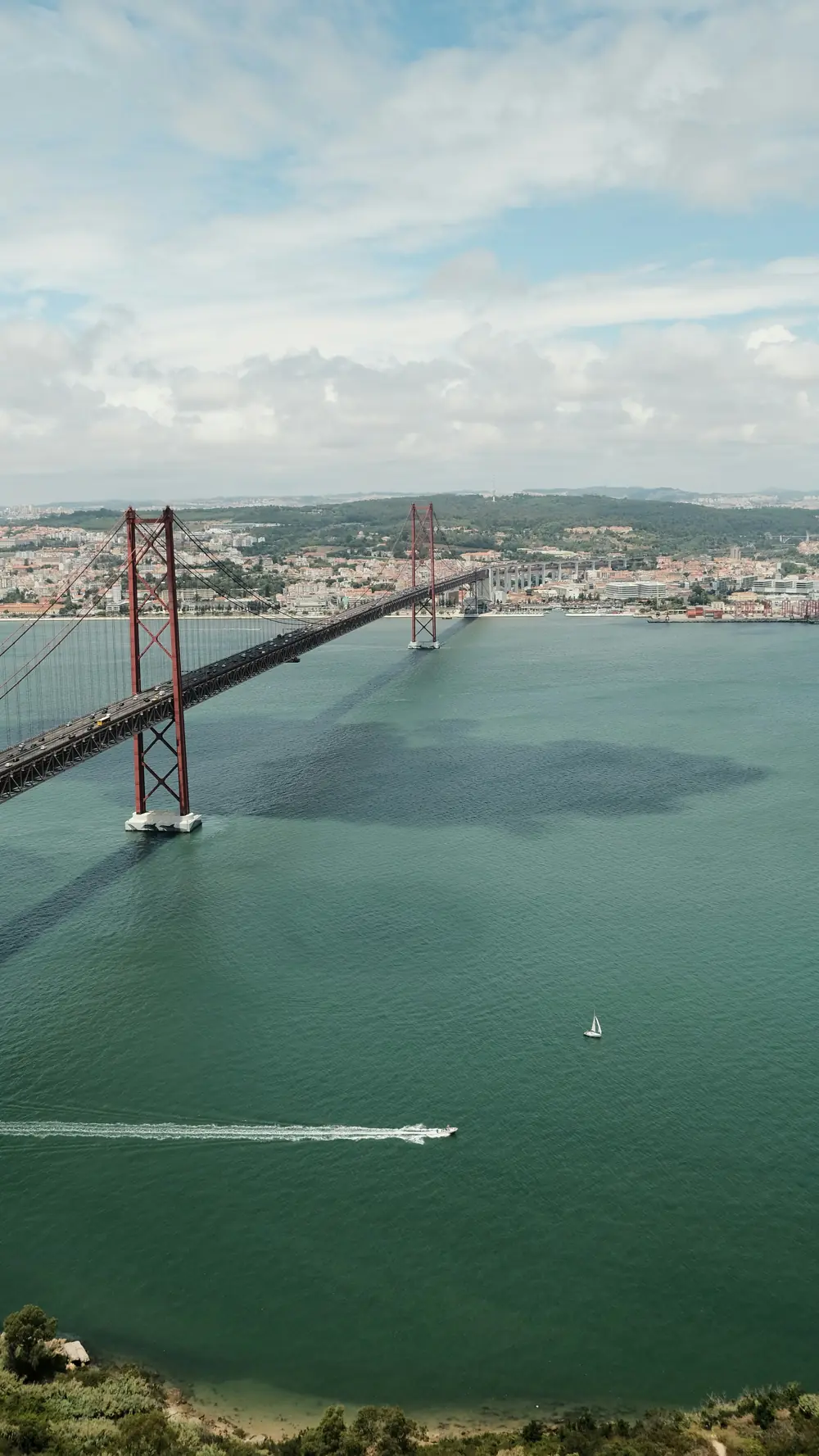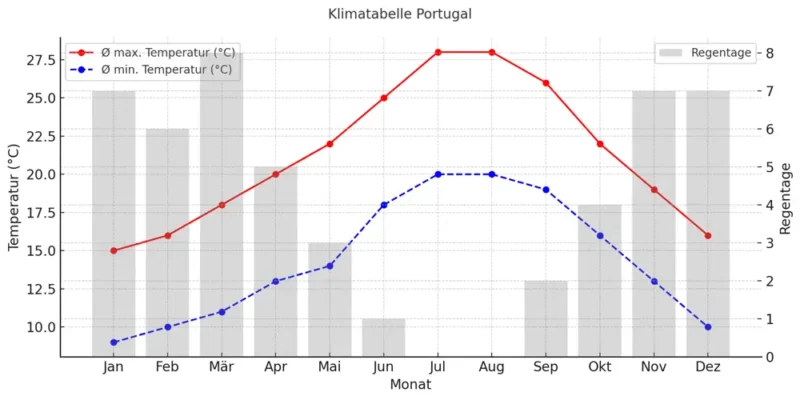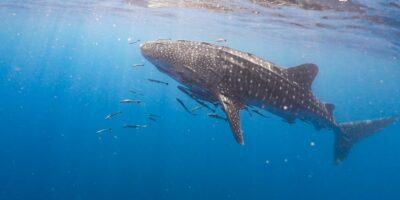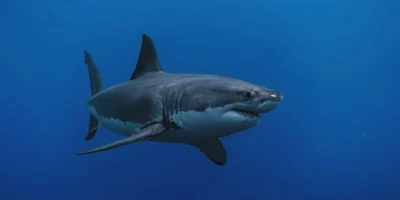Season
The best time for diving in Portugal is from May to October, with warm water, good visibility and ideal conditions.




Best time to travel
The best time for diving in Portugal is from May to October, with warm water, good visibility and ideal conditions.

Portugal is easy to reach: there are daily direct flights to Lisbon, Porto and Faro from many European airports.


In Portugal the official language is Portuguese, but in tourist regions English is also widely understood. In larger cities and in the Algarve, many people also speak Spanish or French.
In Portugal there are several decompression chambers for divers with decompression accidents, mainly in coastal regions such as the Algarve, Lisbon and Porto. These facilities are modern and available around the clock.
On the Portuguese mainland there are currently no organized offers for shark diving. Apart from the small-spotted catshark (Scyliorhinus canicula), which is mainly found off Lisbon, encounters with sharks are rare. Divers occasionally report spiny dogfish (Squalus acanthias), tope sharks (Galeorhinus galeus) and occasionally blue sharks (Prionace glauca), which are otherwise more often seen further out in the Atlantic. Such sightings are, however, exceptional moments of luck and cannot be planned.
5 ★ Dive Center
With all dive centers there is the opportunity to observe sharks. You will find the species and the right season for them.
Shark species in Portugal
In Portuguese waters, more than 30 different shark species have been documented. Catsharks, tope sharks and spiny dogfish are commonly encountered. In the Azores, there are good chances of seeing blue sharks in summer and occasionally mako sharks. Hammerheads, thresher sharks and other pelagic species appear less frequently. The great white shark is also sighted, but extremely rarely.








Portugal’s Atlantic jewel
Diving with sharks in the Azores is a unique experience. Especially around Pico, Faial and São Miguel, dive centers offer trips into the open Atlantic, where you can dive with blue sharks and sometimes mako sharks. The remote location of the archipelago makes the Azores one of the best places in Europe for encounters with pelagic sharks.
The best time for shark dives in the Azores is from July to October. During these months, pelagic species such as blue sharks are particularly common.

The Azores are easily accessible by plane, usually via Lisbon or Porto. From there, there are regular connections to Pico, Faial or São Miguel, where most dive centers are located.
The Azores are particularly famous for blue sharks. Mako sharks and occasionally hammerheads and whale sharks can also be spotted. Closer to the coast, smaller species such as catsharks can be encountered.
Water temperatures range from 17 °C in spring to around 24 °C in late summer. In midsummer, the water is at its clearest, providing optimal visibility.
Yes, several shark species live both on the mainland and in the Azores. Especially in the Azores, divers can regularly observe different species.
More than 30 different species have been documented in Portuguese waters. These include catsharks, dogfish, spiny dogfish, blue sharks, mako sharks, hammerheads, and many more.
The great white shark occurs in the North Atlantic, but it is only extremely rarely sighted off the Portuguese coast. For divers, other species play a much more important role.
No. The native species are harmless to humans, and shark attacks are extremely rare. There are hardly any documented cases of shark attacks in Portugal. The few reports mostly date back decades and involve fishing boats, not divers or swimmers.
The best chances are in the Azores, especially Faial, Pico, and Santa Maria. On the mainland, smaller species such as catsharks can be found around Cascais, Peniche, or Sesimbra.
For the Azores, summer (July to September) is considered the best season for encounters with whale sharks, blue sharks, and makos. On the mainland, smaller species can be found all year round.
The main season for shark diving in the Azores is from July to September. On the mainland, smaller species can be seen all year round.
Always up to date
In our news section, you will find the latest reports on sightings, research, conservation projects, and special events related to sharks in Portuguese waters.